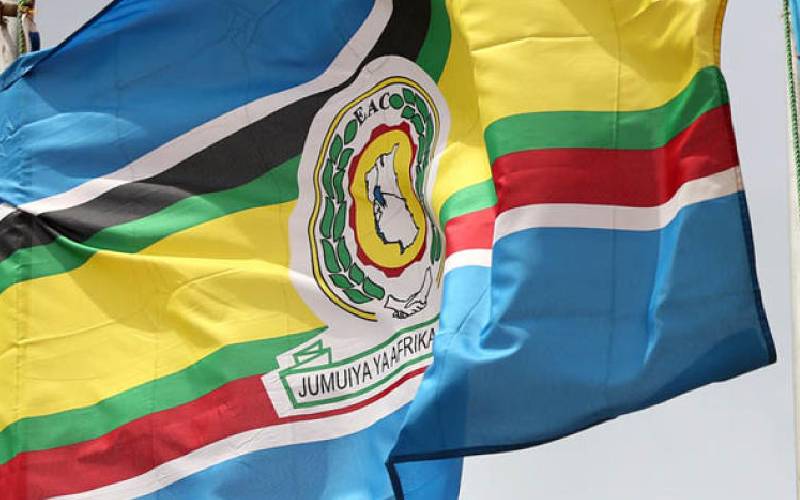×
The Standard e-Paper
Smart Minds Choose Us

EAC flag. EAC Common Market Protocol emphasises free movement of labour. [Courtesy]
Countries in East Africa have commissioned major infrastructure development projects, including the East African Crude Oil Pipeline, the Lamu Port-South Sudan-Ethiopia-Transport (LAPSSET) Corridor, the Northern Corridor Infrastructure Development Projects, Standard Gauge Railway Projects the Ethiopian Grand Renaissance Dam, among others.